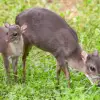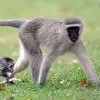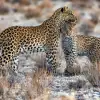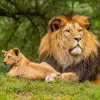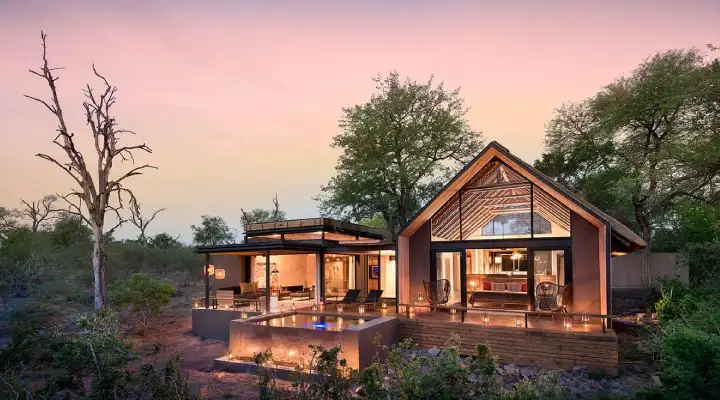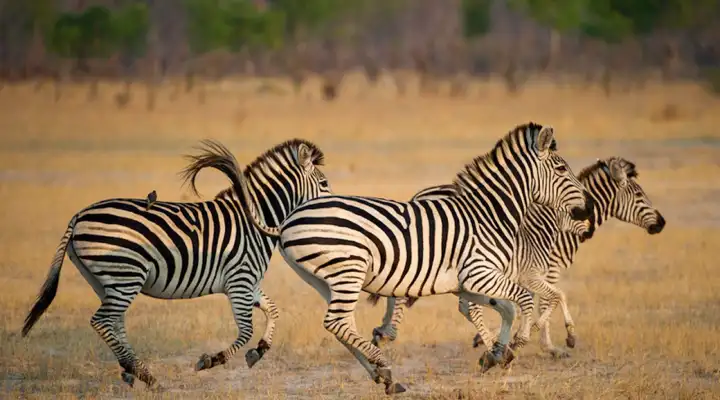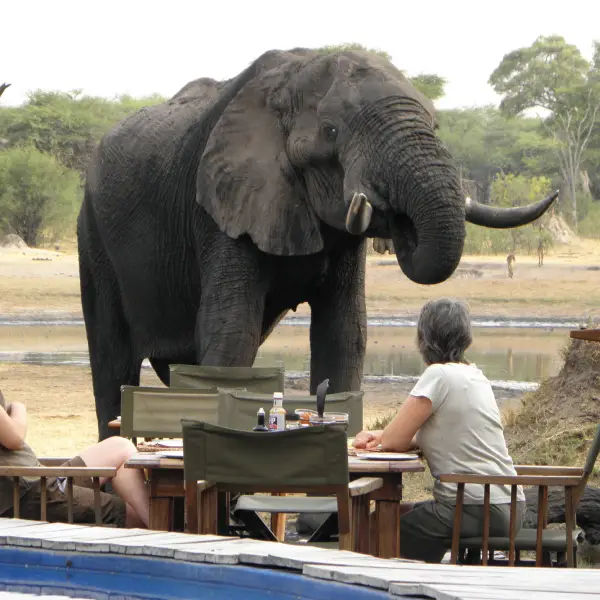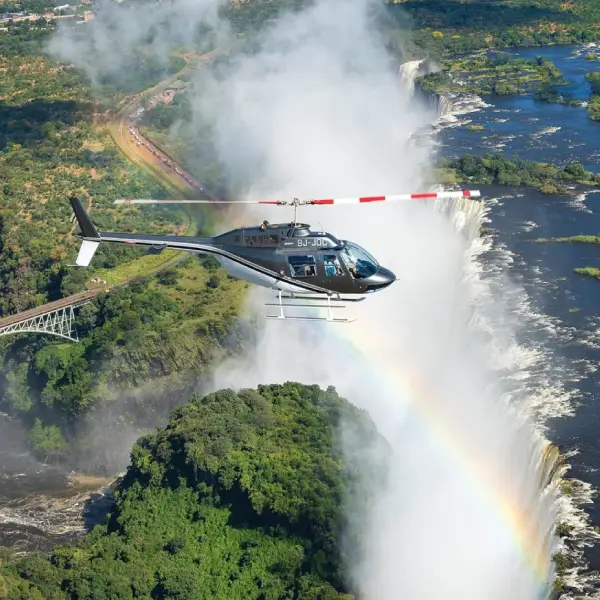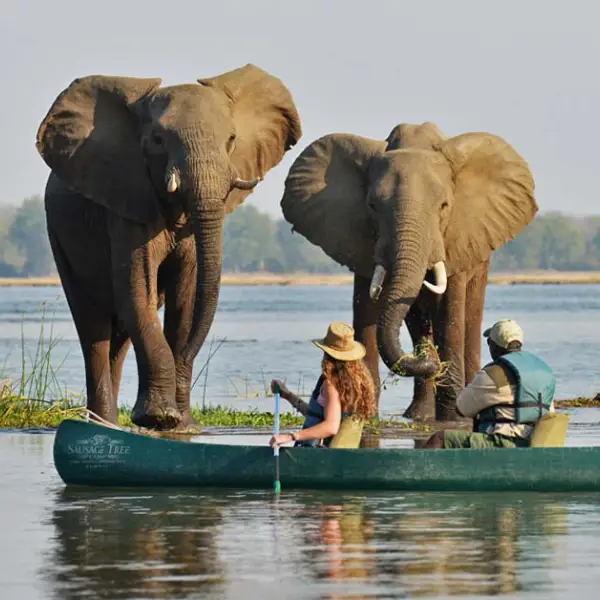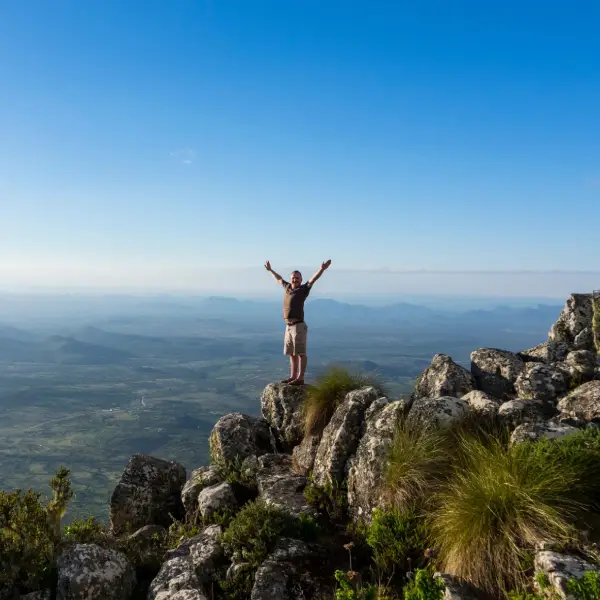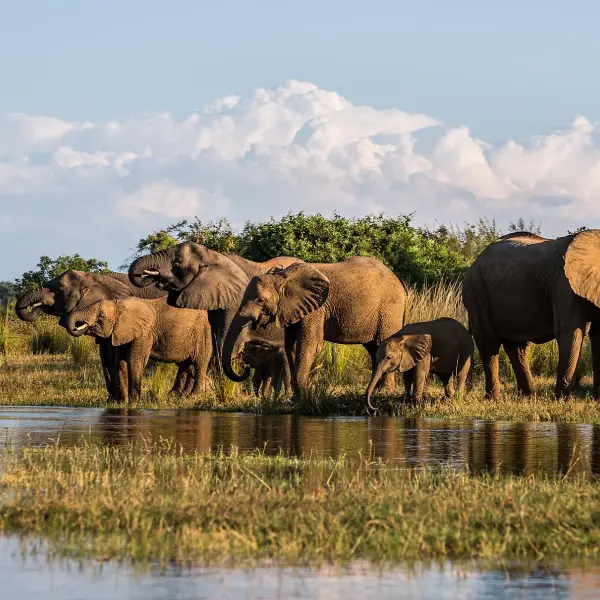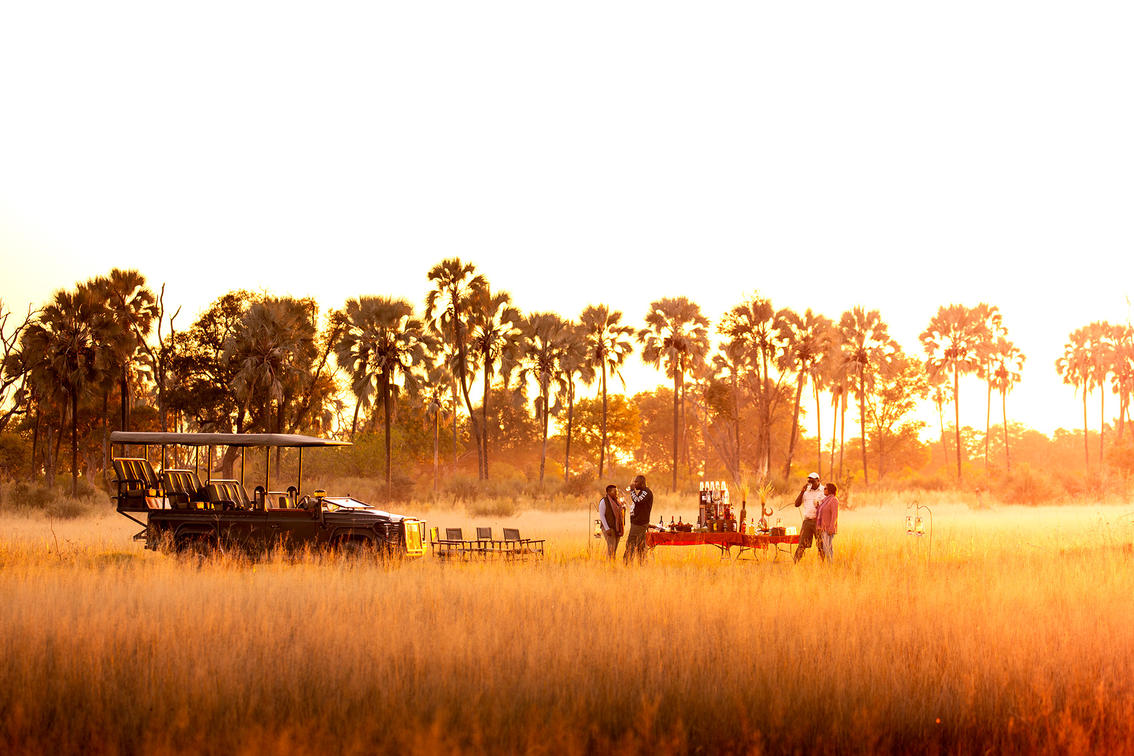January, a rainy month in Zimbabwe, offers lush landscapes and quieter parks, ideal for those looking for tranquillity and lower travel costs.
Although wildlife is more dispersed and harder to spot due to the dense vegetation, the reduced visitor numbers provide a more personal experience of the natural beauty, including greener views and flowing waterways.
February in Zimbabwe features high water levels at Victoria Falls, offering spectacular views of its powerful flow.
The heavy mist may obscure direct views, making this a perfect time for aerial tours, such as helicopter rides or microlight flights, to fully appreciate the grandeur of the falls from above.
Visit Zimbabwe in March to enjoy the end of the rainy season, with warm temperatures and occasional afternoon thundershowers.
This month is ideal for viewing Victoria Falls in its full glory, as the water levels remain high, creating stunning vistas and the famous spray rainbows around the gorges.
April offers a transition with less rainfall and milder temperatures, making it a pleasant time for exploring Zimbabwe's parks.
The lush greenery from the rainy season remains, enhancing the scenic beauty of the landscape, and Victoria Falls continues to impress with substantial water flow, minus the peak season crowds.
In May, Victoria Falls is still impressive with considerable water flow, and the weather is conducive for safaris, with vegetation beginning to thin and wildlife becoming easier to spot.
This month marks the start of the high season, so advance booking is recommended to secure accommodations and tours.
June's onset of the dry season makes it an excellent time for wildlife viewing.
As the landscape dries, animals congregate around waterholes, especially in Hwange National Park, providing fantastic opportunities for sightings of elephants, lions, and other wildlife.
With clear skies and cool temperatures, July is ideal for game viewing and enjoying outdoor activities.
Nights and early mornings can be cold, so warm clothing is necessary for early game drives. The clear weather also enhances the experience of canoe safaris and other outdoor adventures.
August offers excellent wildlife viewing opportunities, with dry conditions and sparse vegetation making animals easier to spot.
This is a peak month for safari activities, including game drives and walking safaris, with wildlife frequently visiting water sources.
September hosts the annual game count in Hwange National Park, offering a unique conservation experience.
Visitors can join local rangers in wildlife monitoring activities, providing a closer look at the park’s diverse species and contributing to conservation efforts
.
The heat intensifies in October, drying out water sources and drawing animals to the few remaining waterholes.
This provides exceptional wildlife viewing opportunities, making it one of the best times to visit Zimbabwe for those eager to see large herds and predators in action.
As the rains begin, November transforms Zimbabwe’s landscapes into vibrant, green environments. This is an excellent month for bird watching, as migratory birds arrive, enhancing biodiversity.
Though less popular for general tourism, it's a fantastic time for bird enthusiasts and those seeking a quieter visit.
December sees further rains, enhancing the lushness of the landscapes and offering excellent conditions for bird watching.
While Victoria Falls might not be as spectacular due to lower water levels, the natural beauty of the parks is at its peak, and the crowds are fewer, allowing for a more intimate safari experience.








